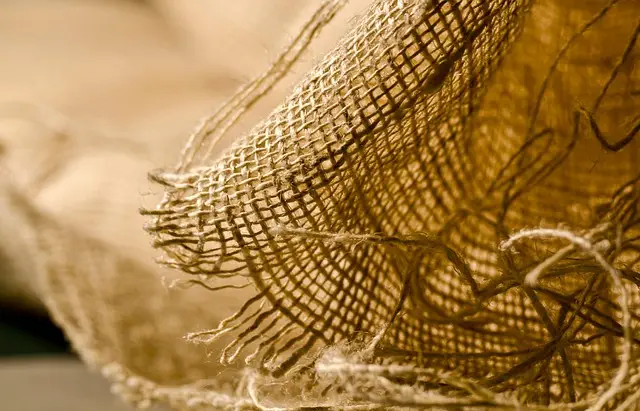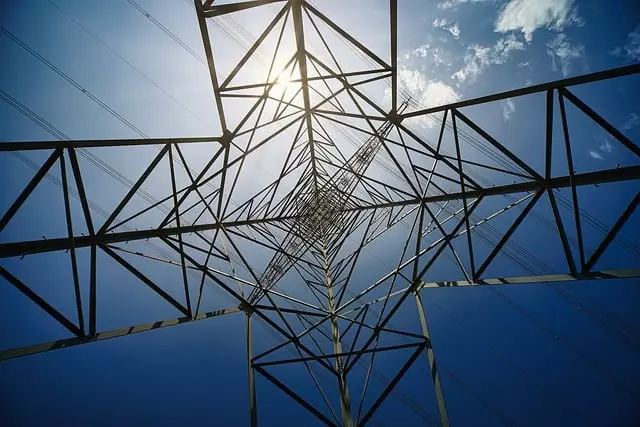Muscle soreness after exercise or injury stems from microscopic tears in muscle fibers and subsequent inflammation. Kratom, derived from Mitragyna speciosa, provides potential relief through its compounds mitragynine and 7-hydroxymitragynine, which interact with opioid receptors to reduce inflammation and block pain signals. As a natural remedy, `njoys kratom` is gaining popularity for managing muscle soreness, including delayed onset muscle soreness (DOMS), though further research is needed to fully understand its effectiveness.
Muscle soreness, a common post-exercise ache, can be a barrier to staying active and achieving fitness goals. Understanding the root causes of this delayed onset muscle soreness (DOMS) is key to effective relief. Kratom, a natural herb enjoying kratom for its therapeutic benefits, may offer a promising solution. This article delves into the science behind muscle soreness, explores kratom’s active compounds and traditional uses for pain management, and provides practical strategies on how to use kratom effectively for DOMS relief, including dosage guidelines and combination therapies.
- Understanding Muscle Soreness and Its Causes
- – Explaining the physiological response to muscle soreness
- – Common triggers and factors contributing to delayed onset muscle soreness (DOMS)
Understanding Muscle Soreness and Its Causes

Muscle soreness is a common issue that many people experience after intense physical activity or exercise. It’s essentially your body’s way of signaling that it needs rest and recovery. This discomfort can range from mild to severe, and it often occurs as a result of microscopic tears in muscle fibers during exertion. These tiny tears are part of the natural process of muscle adaptation and growth, but they can lead to inflammation and subsequent soreness. Understanding these underlying causes is crucial when seeking effective relief, which is where enjoying kratom comes into play.
Kratom, derived from the plant Mitragyna speciosa, has gained attention for its potential therapeutic benefits, including its ability to alleviate muscle soreness. The active compounds in kratom, such as mitragynine and 7-hydroxymitragynine, interact with opioid receptors in the body, offering pain-relieving effects. This interaction can help reduce inflammation and ease the discomfort associated with muscle soreness, allowing individuals to enjoy increased mobility and comfort after physical activity.
– Explaining the physiological response to muscle soreness

Muscle soreness is a common physiological response to physical exertion or injury, triggered by micro-tears in muscle fibers and subsequent inflammation. When we exercise, our muscles experience stress, leading to the release of chemicals like prostaglandins and cytokines, which cause the characteristic pain and stiffness associated with muscle soreness. This natural process is part of our body’s healing mechanism, as it helps repair and rebuild damaged tissue. However, for many individuals, managing this discomfort can be challenging, prompting them to seek effective relief.
Enjoying kratom has emerged as a potential solution for some people looking to alleviate muscle soreness. Kratom, derived from the plant Mitragyna speciosa, has been used traditionally in Southeast Asia for its various medicinal properties. Its active compounds, including mitragynine and 7-hydroxymitragynine, interact with opioid receptors in the body, potentially blocking pain signals and reducing inflammation. As a natural remedy, kratom `enjoys` a growing popularity among those seeking alternative methods to manage muscle soreness without relying solely on pharmaceutical interventions.
– Common triggers and factors contributing to delayed onset muscle soreness (DOMS)

Delayed Onset Muscle Soreness (DOMS) is a common issue experienced by individuals who engage in physical activities, particularly after unaccustomed or intense exercise. This discomfort typically arises 24 to 72 hours following exercise and can be attributed to various factors. One of the primary causes is muscle damage and microscopic tears in the fibres due to increased mechanical tension or load during exercise. This process leads to inflammation and subsequent fluid accumulation, causing pain and stiffness. Additionally, changes in muscle metabolism, such as altered levels of lactic acid, can contribute to DOMS. Overstretched or tight muscles, improper form during exercises, and even prolonged periods of inactivity can trigger this condition.
For those who `enjoys kratom`, it’s worth noting that this natural herb has gained attention for its potential benefits in managing muscle soreness. Some users claim that kratom’s analgesic properties can provide relief from DOMS by reducing inflammation and blocking pain receptors, offering a natural alternative to over-the-counter pain relievers. However, more research is needed to fully understand its efficacy and mechanism of action in alleviating muscle discomfort.
Kratom has been found to offer effective relief for muscle soreness, especially when combined with proper hydration and light exercise. Its natural anti-inflammatory properties and ability to interact with opioid receptors in the body make it a promising alternative for those seeking to alleviate DOMS. By understanding the science behind muscle soreness, and leveraging the benefits of kratom, individuals can enjoy improved recovery and enhanced athletic performance.






